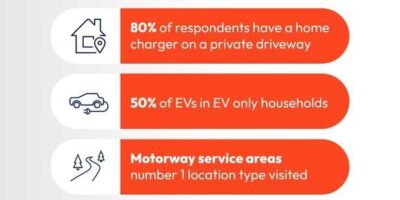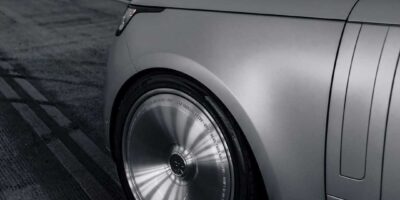A week-long campaign is in force this week (week commencing Monday 11 December) to help keep drivers safe on the roads when making way for emergency vehicles.
The campaign, spearheaded by road safety and breakdown organisation GEM Motoring Assist, utilises the popular ‘Blue Light Aware’ suite of short video animations providing straightforward advice on what to do and what not to do when helping an emergency vehicle.
The videos, approved by experts from the emergency services, include specific locations such as traffic light junctions, roundabouts, motorways without hard shoulders and stretches of road with solid white lines where overtaking is not allowed.
GEM road safety adviser James Luckhurst said: “Every driver wants to help and do the right thing, but the approach of a blue light vehicle can take them by surprise. In the dark days of winter, with poor weather often making journeys more difficult, we’re keen to prevent additional danger caused by drivers who may be unsure of what they’re expected to do.
“Our videos are designed to minimise confusion and reduce risk, which in turn could save vital seconds for blue light vehicles responding to emergencies.”
This latest Blue Light Aware campaign runs on social media until 17th December.
Ensure you’re ‘blue light aware’: top tips from GEM
At traffic lights
An ambulance (or any emergency vehicle) won’t want you to go through a red traffic light. So don’t break the law or take any risks by moving past the light. If you’re first in the queue at a red light, stay where you are, and leave the ambulance to find its way around you.
Roundabouts and junctions
If you’re approaching a roundabout or a junction and you see an ambulance, look at its position, as this will let you know where it wants you to go. If you’re already AT the junction, be patient and wait for it to come past. There may be more than one emergency vehicle approaching the junction, so check before moving off.
Solid white lines
On a road with a solid white line system, an ambulance will probably switch off its siren as it follows you. This is because overtaking is not allowed. So keep going – at the speed limit if it’s safe – until you’re clear of the solid white lines. When the siren goes on again, that’s your cue to let the ambulance go past.
Motorways and dual carriageways
On motorways and dual carriageways, move to the left to allow an ambulance to pass in the outside lane if it’s clear. In slow and stationary traffic, emergency vehicles usually use the motorway hard shoulder, so you should only go onto the hard shoulder if you have an emergency of your own.
If there’s no hard shoulder, make way for emergency vehicles by creating an ‘emergency corridor’ (as shown in the picture). When you’ve let an emergency vehicle through, stay where you are, as other vehicles are likely to be coming through.
Smart motorways
On a smart motorway, one or more lanes may be closed because of an incident ahead – you’ll know because of red X signs above the carriageway. Emergency vehicles will use these lanes if they can. Keep out of these red X lanes. If no lanes appear to be closed, be prepared to help create the emergency corridor.
Watch the animations
GEM encourages all drivers to refresh their understanding of how to make way for emergency vehicles. Its ‘Blue Light Aware’ resource is a set of short video animations covering most of the situations where confusion can occur. The 10 animations provide simple-to-follow advice, approved by the emergency services, on what to do and what not to do when helping an emergency vehicle.
*Article Source http://www.motoringassist.com/








